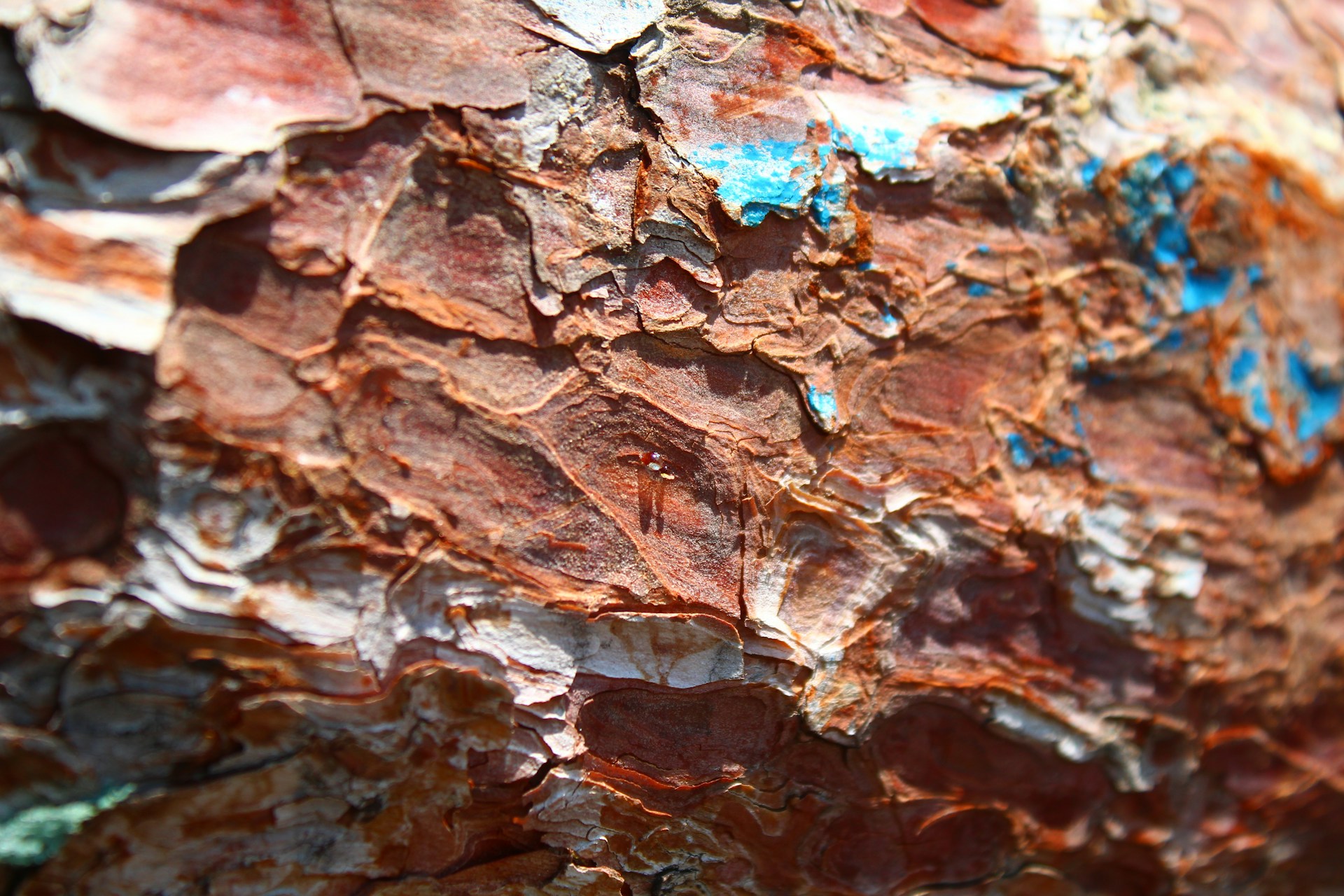Rare earth elements are extremely important and pivotal to modern technologies; from electric vehicle production to smartphone displays, but their separation and purification usually relies on energy-intensive, multistage solvent processes. A research team at the University of Texas at Austin has engineered artificial membrane channels that simplify the complex separation processes leading to a reduction in both cost and environmental impact over conventional methods. The research was published in ACS Nano and can be found here:
Behera, H., Duncan, T. J., Samineni, L., Oh, H., Jogdand, A., Karnik, A., Dhiman, R., Fica, A., Hsieh, T.-Y., Ganesan, V., & Kumar, M. (2025). Lanthanide-Selective Artificial Channels. ACS Nano, 19(14), 13927–13940. https://doi.org/10.1021/acsnano.4c17675
The innovation involves microscopic pores embedded in a polymer membrane that mimic protein channels in cell membranes. Each channel is lined with a chemically modified pillararene scaffold, a ring-shaped molecule tailored to bind middle rare earth ions such as europium (Eu³⁺) and terbium (Tb³⁺) while blocking the binding of common ions like potassium, sodium, and calcium. Venkat Ganesan, professor in the McKetta Department of Chemical Engineering and one of the research leaders said:
“Nature has perfected the art of selective transport through biological membranes, these artificial channels are like tiny gatekeepers, allowing only the desired ions to pass through.”
Molecular dynamics simulations reveal that water molecules surrounding ions; their hydration shells, play an important role in selectivity. Differences in how water coordinates Eu³⁺ vs other ions influence interactions with functional groups inside the channel, effectively gating ion passage based on hydration dynamics.
In lab tests, the artificial channels achieved a 40-fold preference for europium over lanthanum (a light rare earth) and a 30-fold preference over ytterbium (a heavy rare earth). These selectivity levels exceed those of commonly used solvent-based extraction, which often require dozens of sequential stages to reach comparable purity.
The U.S. Department of Energy and the European Commission list europium and terbium among critical materials at high risk of supply disruption, with global demand for these elements projected to increase by over 2,600 percent by 2035. Developing more efficient separation methods is therefore a strategic priority. Manish Kumar, professor in the Cockrell School of Engineering
“Rare earth elements are the backbone of advanced technologies, but their extraction and purification are energy-intensive and extremely difficult to implement at the scales required, our work aims to change that, inspired by the natural world.”
Harekrushna Behera, a research associate in Kumar’s lab and the lead author on this published paper stated:
“This is a first step toward translating nature’s sophisticated molecular recognition and transport strategies into robust industrial processes, thus bringing high selectivity to settings where current methods fall short,”
The project, spanning over five years, brought together expertise in synthetic chemistry, computational modelling, and membrane engineering. The team includes researchers from the Fariborz Maseeh Department of Civil, Architectural and Environmental Engineering, McKetta Department of Chemical Engineering, and the College of Natural Sciences’ Department of Chemistry. They are: Tyler J. Duncan, Laxmicharan Samineni, Hyeonji Oh, Ankit Jogdand, Arnav Karnik, Raman Dhiman, Aida Fica, Tzu-Yun Hsieh.

Hassan graduated with a Master’s degree in Chemical Engineering from the University of Chester (UK). He currently works as a design engineering consultant for one of the largest engineering firms in the world along with being an associate member of the Institute of Chemical Engineers (IChemE).



